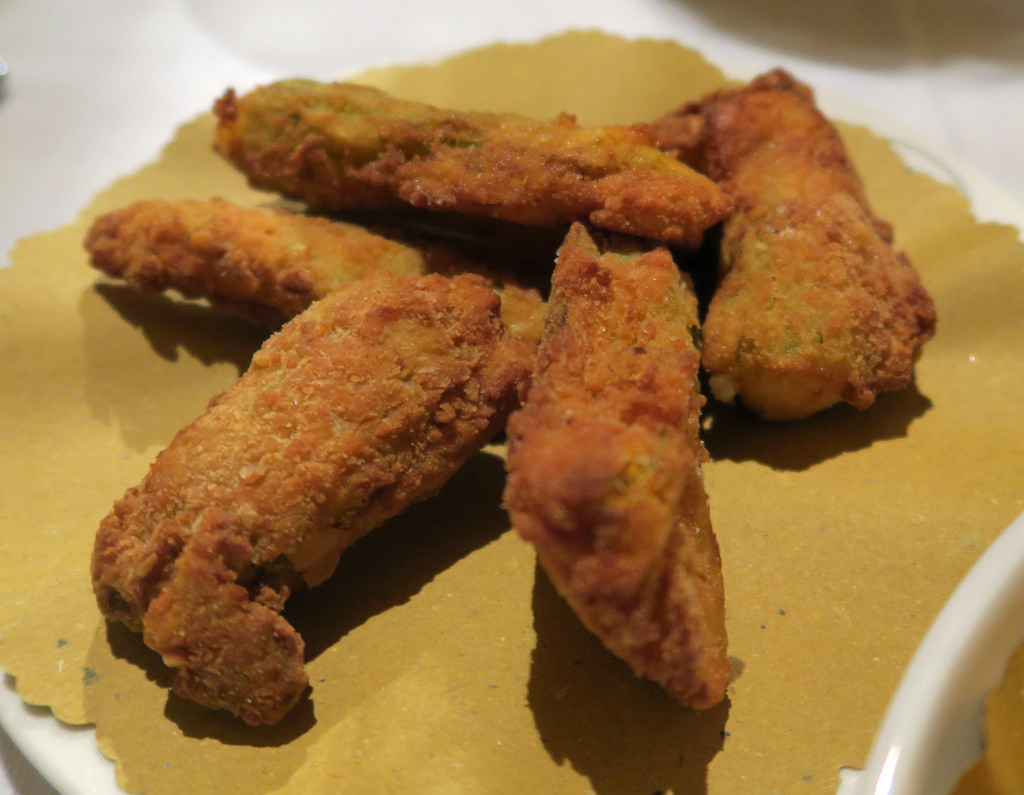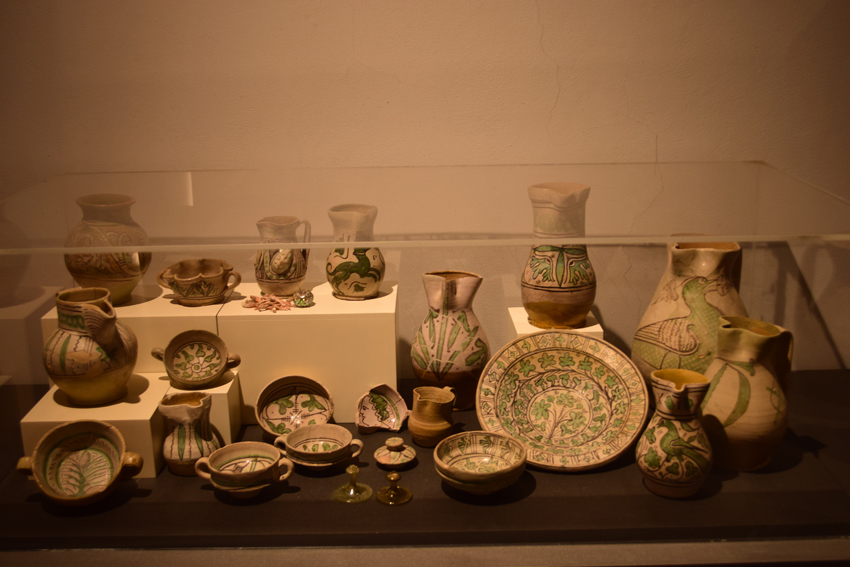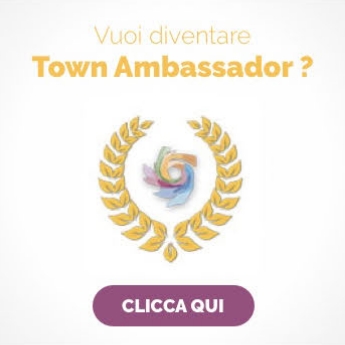

The Romans arrived in the third century BC, and instead of destroying the Etruscan centre, connected it with Rome by the Via Clodia and favoured its commercial activities. In 90 BC it became a Roman municipality.
Even Christianity took root quickly and was one of the first bishoprics and Tuscania was also one of the first direct conquests of the Lombards in Rome in 574 AD. In 774 King Charlemagne gave it to the Church.
In the eleventh century it was ruled by the Aldobrandeschi family and the Marquis of Tuscany, but in 1081 it was besieged by the troops of Henry IV and for a few years became a free city although still disputed between Church and Empire.
Between the fourteenth and fifteenth century it was disputed between the Church and the Prefects of Vico, and has seen the passing of the feudal families of the Orsini and the Sforza.
After the destruction wrought by the French troops of Charles VIII, Tuscania returned to prosperity thanks to agriculture and livestock, and in the sixteenth, seventeenth and eighteenth centuries a host of small entrepreneurs beautified the city with palaces, fountains and embellishing and paving urban roads.












Follow us